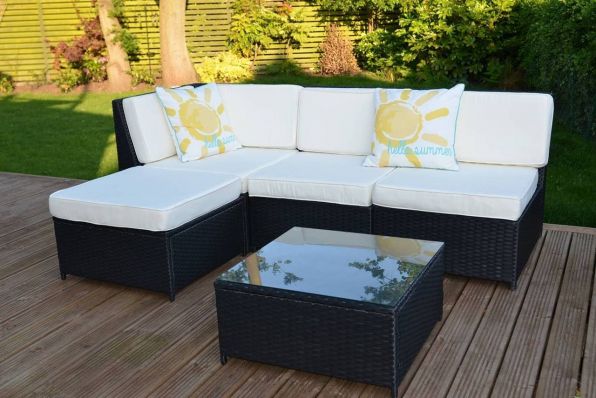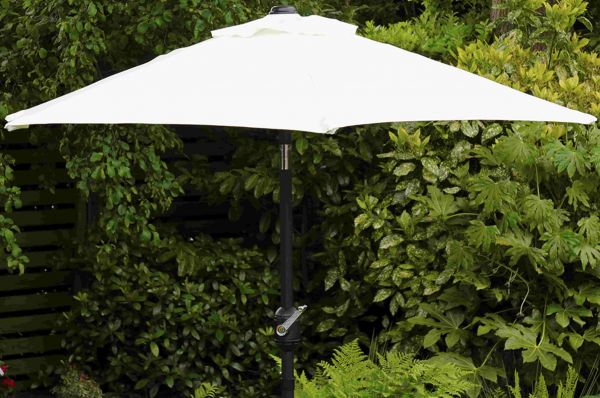Garden Parasol Base, Weights & Stands
Our garden parasol bases come in a selection of 15kg, 20kg, 25kg and 30kg weights. The stands help to keep the umbrella stable and prevent it from falling over, ensuring optimal protection from the sun. Each base we stock is made of high-quality materials like cast iron, concrete and metal to ensure they can withstand any outdoor wind and weather conditions. They’re suitable for a range of parasols including standard round and square models as well as hanging cantilever/banana models.
The weight of a parasol base depends on the size of the parasol and the conditions it will be used in. As a general rule of thumb, a parasol base should be heavy enough to keep the parasol stable in windy conditions, but not so heavy that it becomes difficult to move or transport. For a standard 2m parasol, a base weighing around 25-30kg should be sufficient. For a larger parasol, such as a 3m or 3.5m, a base weighing 50kg or more may be necessary. It's always best to check the manufacturer's recommendations for the specific parasol you have.
To weight down a parasol, you can use a base, or a weight bag specifically designed for this purpose. Most parasols will come with a recommended weight limit, which can be used to determine the amount of weight needed to keep the parasol stable in windy conditions. You can fill the base with sand, water, or a combination of both to add weight, or use a weight bag that can be filled with sand or gravel and attached to the base of the parasol. It's important to ensure that the weight is distributed evenly and that the parasol is properly secured to the base to prevent it from tipping over or moving in the wind.
When comparing the same volume of sand and water, sand is typically heavier than water. However, water is often more convenient to use to weight down a parasol base since it is easier to fill and empty, and can be less messy. Additionally, water can freeze and expand, causing damage to the base, whereas sand does not have this issue. Ultimately, the weight required for a parasol base will depend on the size of the parasol and the conditions in which it will be used. It is best to refer to the manufacturer's recommendations for the appropriate weight for your specific parasol.
The terms "parasol base" and "parasol stand" are often used interchangeably, but typically refer to the same thing - a weighted structure used to keep a parasol stable and upright. They come in a variety of shapes and sizes, and can be made of materials such as concrete, stone, metal, or plastic. Some may have wheels or handles for easier transportation, while others may have adjustable fittings to accommodate different parasol sizes. The most important factor when selecting a parasol base or stand is its weight - it should be heavy enough to prevent the parasol from tipping over, particularly in windy conditions.
It is recommended to store parasol base units over winter to protect them from potential damage caused by harsh weather conditions such as frost or strong winds. This is especially important for bases made of materials that are susceptible to damage, such as cast iron or concrete. Storing the base unit in a dry and sheltered location, such as a shed or garage, will help to prolong its lifespan and ensure it is in good condition for use in the following season.
 30 day returns
30 day returns 2000+ reviews
2000+ reviews




